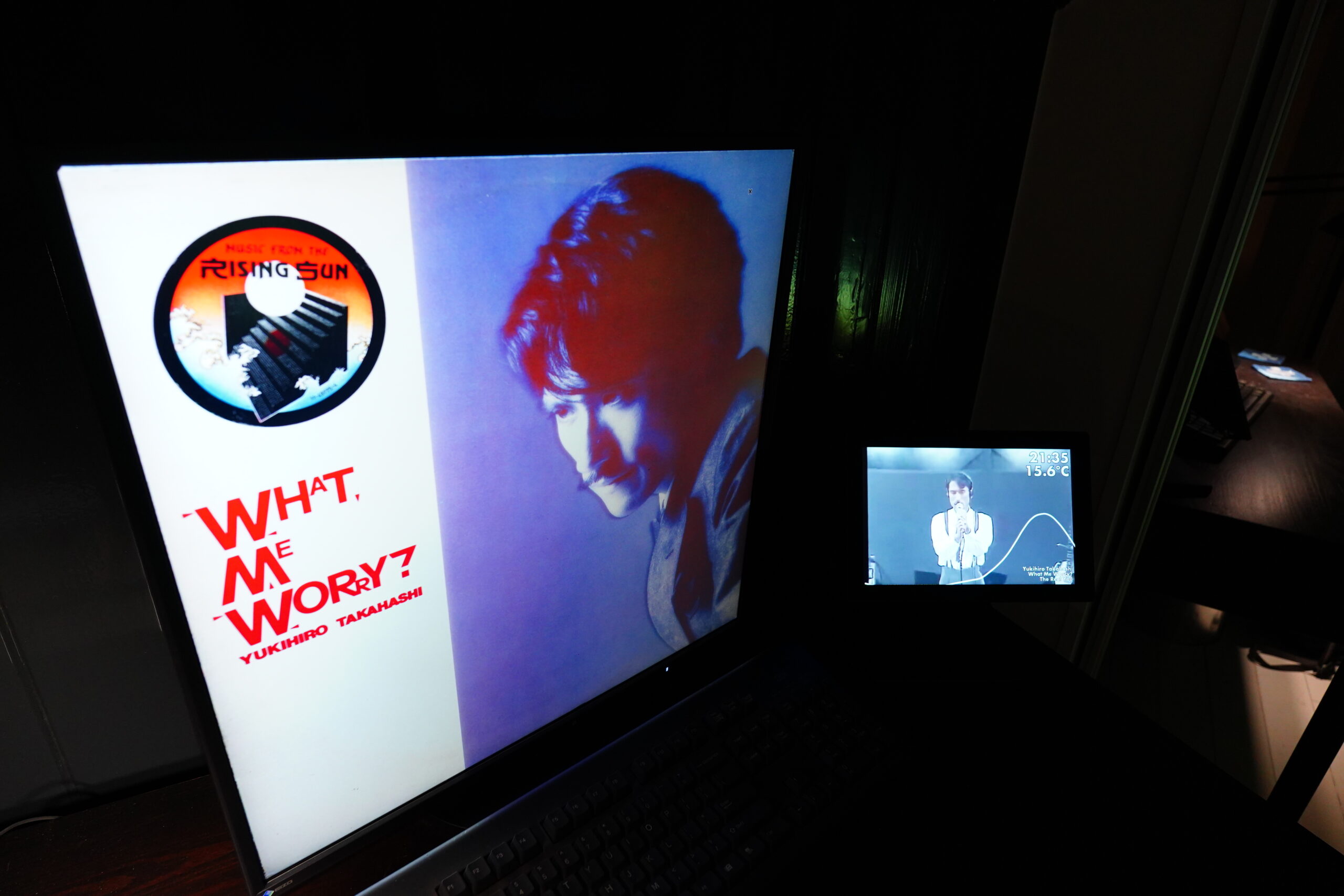In the previous instalment of this exciting adventure, I had bought a Chipsee PPC-J1900-101-C. It basically did everything I wanted, but it had two problems:
1) The wifi card was slow and awful. That’s easily enough fixed with a USB wifi dongle, though, so it’s not a deal breaker.
c) It’s unstable. In the two weeks I’ve had it, it’s completely frozen two times, and one time some programs failed mysteriously.
It turns out that that 10″ model was really old — more than ten years old. But I saw that Chipsee had a brand new model, which is only ahem five years old. So I ordered one of those, and I’m liveblogging unpacking and installing that machine.
Aren’t you lucky.
OK, unboxing sequence, I guess? There’s a box inside the box. *gasp*
And then there’s the machine. OK, not much of an epic unboxing sequence…
So here’s the li’l machine…
… and it has all the ports you’d expect, and some more.
And the power supply uses one of those funky screw-in thingies.
And it boots directly to Ubuntu.
But I want Debian, so…
Here we go.
Well, no problems so far…
Uh-oh. It’s taking forever to download stuff. Don’t say that this thing uses the same shitty wifi card as the other one!
Yeah, that’s not good. I mean, the AP is three meters away, within line of sight, and it’s still barely hanging on. *sigh*
I don’t know what the “wifi experience” number is exactly, but normal wifi cards are always like 100% or at most down to 98% — anything under 90% is basically unusable.
Oh, deer — the wifi on this thing is so bad that it gave up downloading and I had to restart that installation portion again…
But! I had already bought a new Mini-PCIe wifi card for the old machine — but I didn’t install it since the machine was unstable anyway. So let’s just install it in this new machine, then.
I don’t think I’ve ever installed a Mini-PCIe card anywhere before — these are also obsoletish technology: Everything uses the M.2 connector these days.
OK, I’m guessing the card is behind this door, since the rest of the back of the machine looks solid.
Yes! Indeed. And it’s the same card as the previous machine — an Intel Ultimate-N 6300.
The antenna is fastened with some sort of goop?
Glue, I’m guessing, so that the antenna doesn’t pop off as easily.
OK, uninstalled…
… and then the new card.
Oh yeah, I can see why they added the glue — because the antenna connection thingie isn’t exactly reassuring. I mean, it pops on, but it’s so small…
It doesn’t really inspire confidence. But anyway, I didn’t glue it, because it’s just going to hang on a wall, and is unlikely to be exposed to any bumping.
*sound effects of a bomb going off*
And now installed.
Oh, uh. I forgot about this shield thing. Was I supposed to install that? Er…
Wow, that’s something else… let’s see how it does in practice.
OK, that’s not bad — 3MB/s while downloading from the Debian archive. It’s not fantastic, but it’s literally thousands percent better than the old card.
So now I just have to copy the setup from the old machine to the new and…
Huh! Everything works!
The screen looks a bit better on this one than the previous one, too.
The new network card I installed is this one:
04:00.0 Network controller: Intel Corporation Wireless 7260 (rev 73)
It’s also really old — 13 years — but it seems like it’s doing the trick… the videos are streaming without any issue, as far as I can tell.
Yup; no packet loss — the previous card had a 5-10% packet loss thing going.
But I have this Tellstick USB dongle I have to install…
Darn! If I use a U USB connector, it overlaps with the VESA holes!
Well, I can use an L, but then I can’t wall-mount the thing… I guess I have to use an extension cable if I want to get it on the wall.
Oops, light snap… It fits well on a VESA stand I had here, but I think I’m going to buy a wall mount thing instead. And perhaps USB U connectors exist that are a bit wider?
Or I could use two L connectors!
Brillant!
But that’s a bit deep, really…
I went on a real USB U/L connector spree last week, and I have some smaller Ls, too.
See? Very dainty L connectors.
Perfect!
OK, I think that’s going to allow me to wall-mount it — if not I have to use a short cable and then gaffa the Tellstick to the back of the machine.
I’m declaring success! But I guess we’ll see whether this machine is more stable than the old one.

